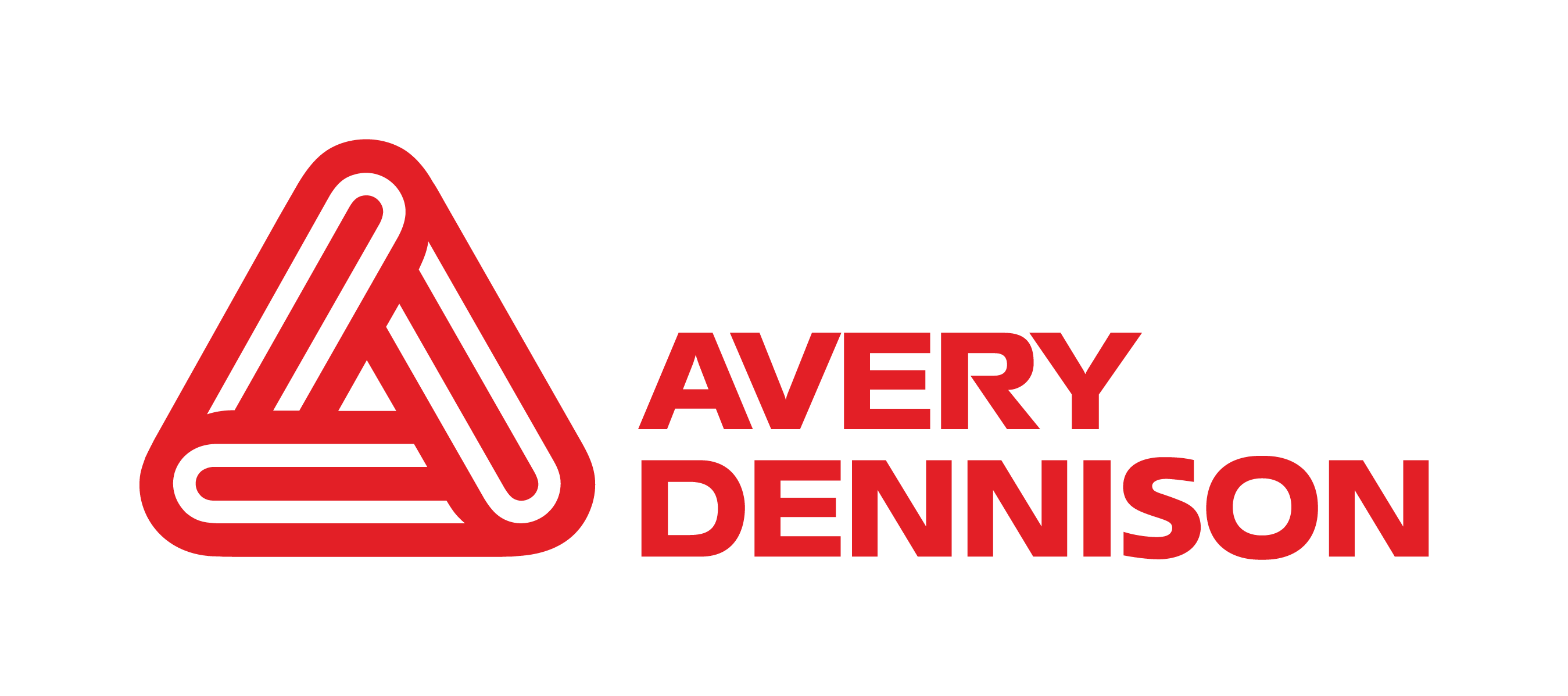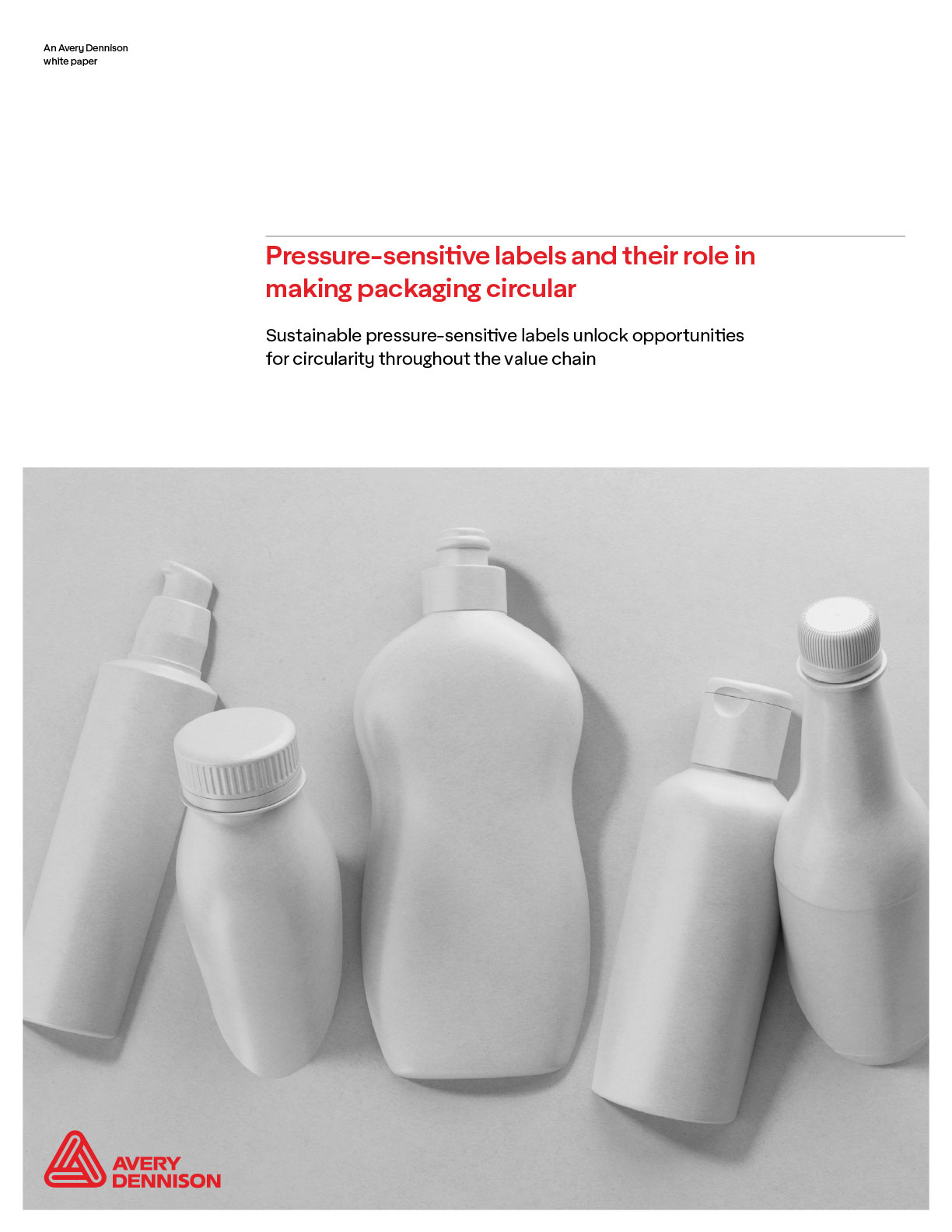What makes this white paper an important information resource for brands?
+-
The white paper underscores the rising importance of sustainable packaging solutions, driven by growing regulatory pressures, evolving consumer expectations and increased attention to environmental issues. It provides decision-makers in the consumer packaged goods sector with research and insights into the role of pressure-sensitive labels in sustainable packaging and recommendations for their effective use. Circular packaging strategies can help mitigate supply chain risks and create competitive advantages.
What insights can I expect to see?
+-
Readers will learn how pressure-sensitive labels contribute to circular packaging models. The white paper offers insights for brands looking to optimize packaging design, improve environmental performance and navigate regulatory challenges. It provides research and expert opinions on the role of pressure-sensitive labels in consumer engagement, sustainable packaging and efficient business operations. It covers labeling fundamentals, digital technology for consumer engagement and supply chain best practices, with real-world use cases to illustrate the benefits.
What is driving the shift toward circular packaging?
+-
Global regulatory pressures, heightened consumer awareness and the urgent need to reduce environmental impact are shaping circular packaging. Organizations are redefining packaging strategies to prioritize resource efficiency, waste reduction and compliance with sustainability standards. This shift reflects not just environmental goals but also business resilience in an evolving marketplace.
How are government regulations shaping sustainable packaging?
+-
This white paper reports that regulatory pressures are mounting on brands as legislators implement policies to reduce carbon emissions, minimize waste and promote a circular economy. Regulations vary by region, state and even municipality, with the most advanced and stringent policies found in Europe. (See Appendix: Box 1). These policies are compelling brands to adapt their packaging designs, labeling practices and material choices. Understanding and anticipating regulatory trends is critical for businesses to maintain compliance while advancing their sustainability objectives.
What challenges do brands face when implementing a circular packaging model?
+-
Challenges include driving consumer adoption and behavior changes, which require time and education. Circular packaging also calls for investing in infrastructure, logistics, and technological innovations to enhance materials and designs. Additionally, collaboration across the value chain and standardizing practices are essential to achieving efficiency and scalability. This white paper helps businesses navigate these challenges by providing research, use cases, and recommendations for integrating pressure-sensitive labels into packaging strategies.
How do pressure-sensitive labels contribute to making packaging circular?
+-
Pressure-sensitive label adhesives and materials innovations improve recycling efficiency, while digital label technologies improve supply chain transparency and enhance consumer engagement. To successfully address sustainability, a brand must balance sustainability with the holistic impact of its packaging design and function. Pressure-sensitive labels enable late-stage differentiation by allowing changes to packaging design, messaging and information without requiring a complete package redesign. This is a valuable option when brands need to respond to changing consumer preferences, market trends and regulations.
What opportunities does a circular packaging model offer?
+-
Circular packaging conserves resources, reduces waste and protects the environment. At the same time, it drives innovation, operational efficiencies and enhances brand differentiation. Circularity also helps brands comply with evolving regulations and align with consumer expectations for sustainability. Companies that lead in circularity are better positioned to capture new markets, enhance stakeholder trust and create long-term value.
What opportunities do pressure-sensitive labels unlock for circularity throughout the value chain?
+-
Historically, pressure-sensitive labels were sometimes misperceived as having a negative influence on recycling processes. In reality, recent novel, clean-release, pressure-sensitive adhesive technology is a circular packaging enabler. Opportunities appear all along the value chain—from sustainable material sourcing to enhancing end-of-life recyclability. Pressure-sensitive labels can enable cleaner recycling processes, support refill and reuse models and improve material traceability. Digital labeling technologies further empower brands to educate consumers, optimize supply chains and meet evolving sustainability targets.
What are the real-world applications of pressure-sensitive labels discussed in the white paper?
+-
You will find use cases that demonstrate the functionality of pressure-sensitive labels in practical settings, showing how they help brands enhance product shelf appeal, improve consumer engagement and optimize supply chains. These examples highlight pressure-sensitive labels’ effectiveness in driving sustainability and efficiency.
What role do label manufacturers play in advancing sustainable packaging?
+-
Pressure-sensitive label manufacturers advance sustainable packaging through solutions that contribute to recycling and reuse. They collaborate with brands, recyclers, government bodies and industry associations worldwide to develop packaging materials and technologies that support a circular economy. In this way, manufacturers help consumer packaged goods companies meet rising consumer expectations and comply with evolving regulations.

